Rising Incidence of Hypertension
The Sodium Reduction Ingredients Market is significantly influenced by the rising incidence of hypertension and related cardiovascular diseases. As health awareness increases, consumers are becoming more conscious of their sodium intake, leading to a demand for products that contain lower sodium levels. According to health statistics, hypertension affects a substantial portion of the adult population, prompting a shift in dietary preferences. This trend encourages food manufacturers to innovate and incorporate sodium reduction ingredients into their products, thereby enhancing the Sodium Reduction Ingredients Market. The growing health concerns surrounding sodium consumption are likely to sustain this demand.
Increased Focus on Preventive Healthcare
The Sodium Reduction Ingredients Market is also influenced by an increased focus on preventive healthcare. As healthcare costs continue to rise, there is a growing emphasis on preventing diseases through dietary modifications. Sodium reduction is recognized as a key strategy in preventing hypertension and cardiovascular diseases. This awareness is prompting consumers to seek out products that support their health goals, leading to a surge in demand for sodium reduction ingredients. Consequently, the Sodium Reduction Ingredients Market is likely to thrive as more individuals prioritize preventive health measures in their dietary choices.
Regulatory Pressure for Sodium Reduction
The Sodium Reduction Ingredients Market is experiencing heightened regulatory scrutiny aimed at reducing sodium intake among populations. Governments and health organizations are increasingly implementing guidelines and regulations to limit sodium levels in processed foods. For instance, initiatives such as the WHO's Global Action Plan for the Prevention and Control of Noncommunicable Diseases emphasize the need for sodium reduction. This regulatory pressure is likely to drive food manufacturers to seek sodium reduction ingredients to comply with these standards, thereby expanding the market. As a result, the Sodium Reduction Ingredients Market is poised for growth as companies adapt to these evolving regulations.
Consumer Demand for Healthier Food Options
The Sodium Reduction Ingredients Market is driven by a growing consumer demand for healthier food options. As individuals become more health-conscious, there is a noticeable shift towards products that are lower in sodium. This trend is reflected in market data, indicating that a significant percentage of consumers actively seek out low-sodium alternatives when shopping. Food manufacturers are responding to this demand by reformulating existing products and introducing new ones that incorporate sodium reduction ingredients. Consequently, the Sodium Reduction Ingredients Market is expected to expand as more brands align their offerings with consumer preferences for healthier choices.
Innovation in Sodium Reduction Technologies
The Sodium Reduction Ingredients Market is benefiting from ongoing innovation in sodium reduction technologies. Advances in food science and technology have led to the development of various sodium alternatives and flavor enhancers that can effectively reduce sodium content without compromising taste. For example, the use of potassium-based salts and other flavoring agents has gained traction among food manufacturers. This innovation not only addresses consumer health concerns but also allows companies to maintain product quality. As a result, the Sodium Reduction Ingredients Market is likely to see an influx of new products that cater to health-conscious consumers.
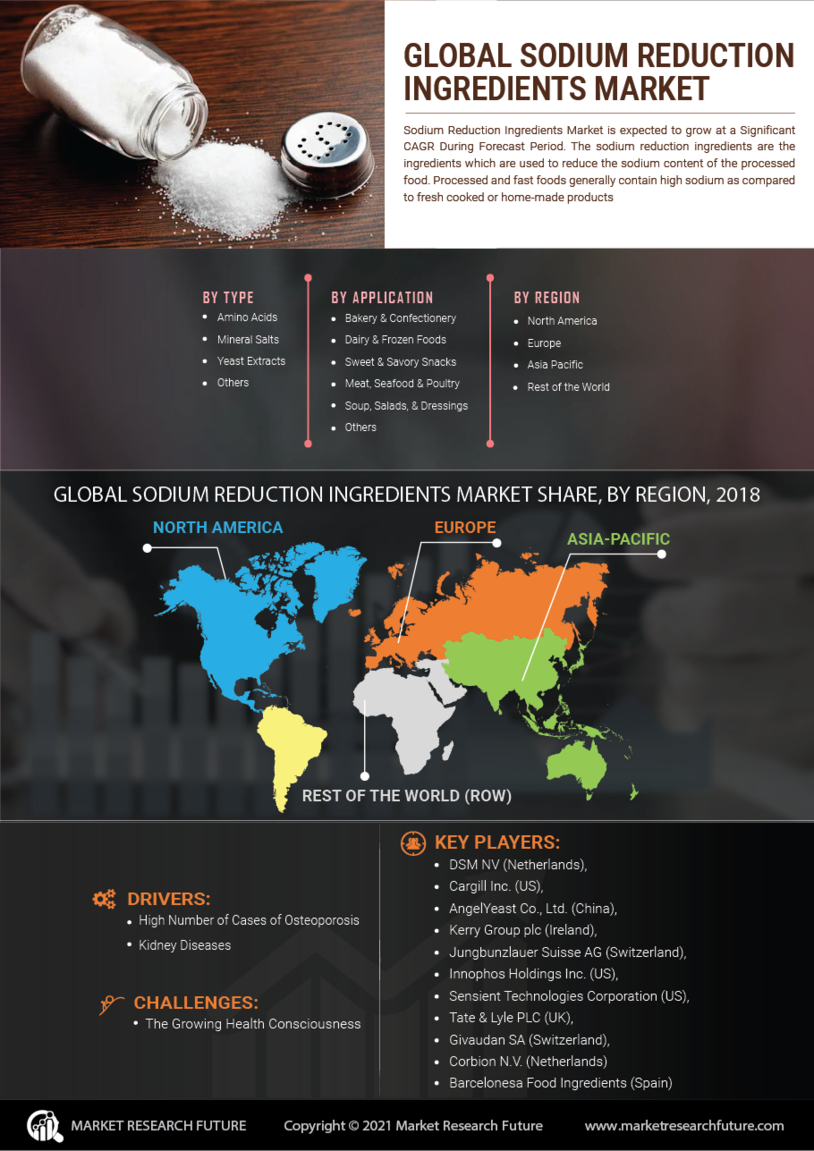

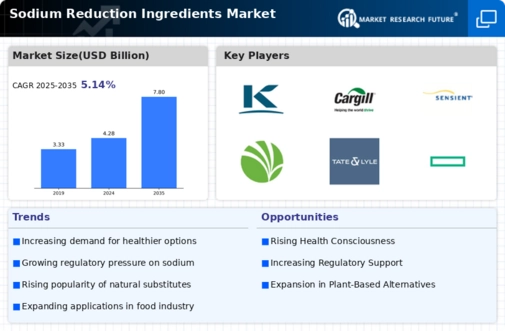
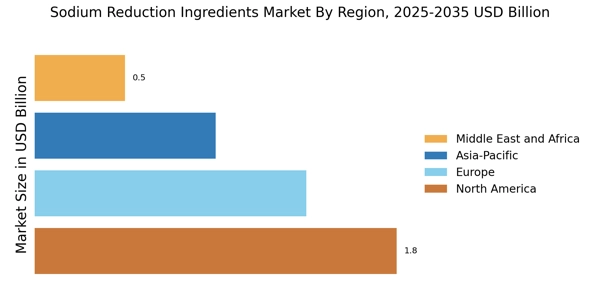
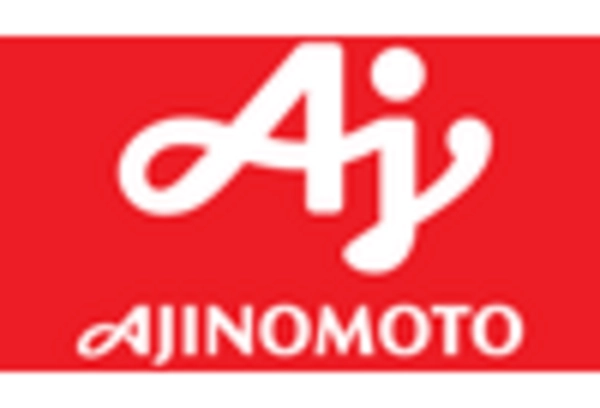

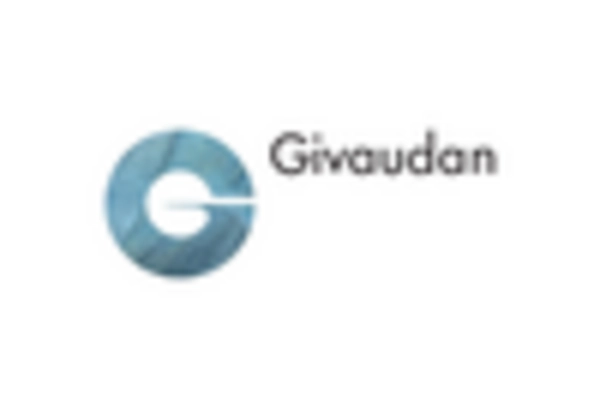
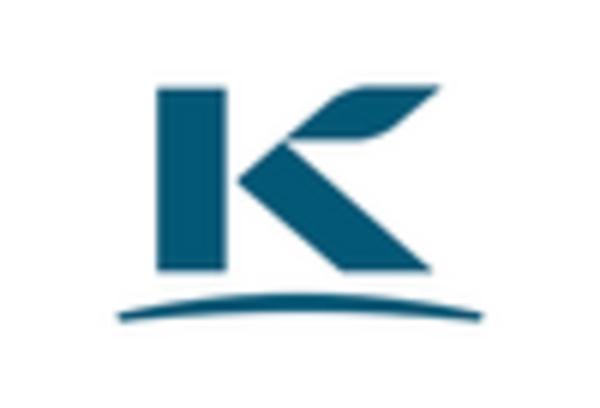
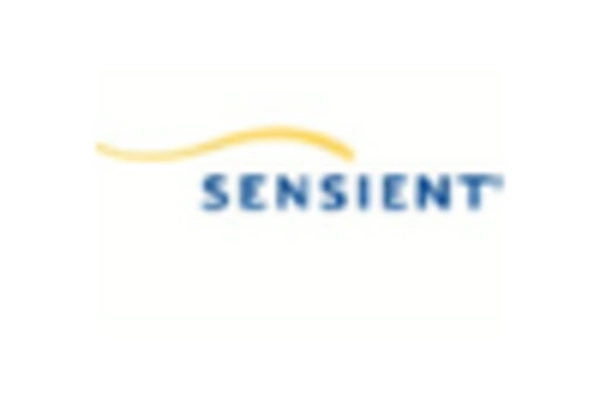









Leave a Comment